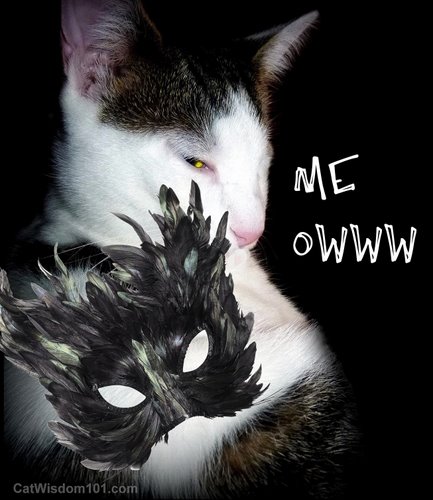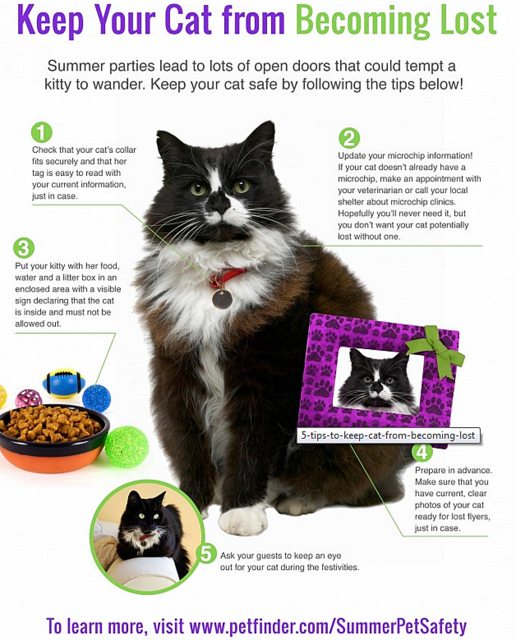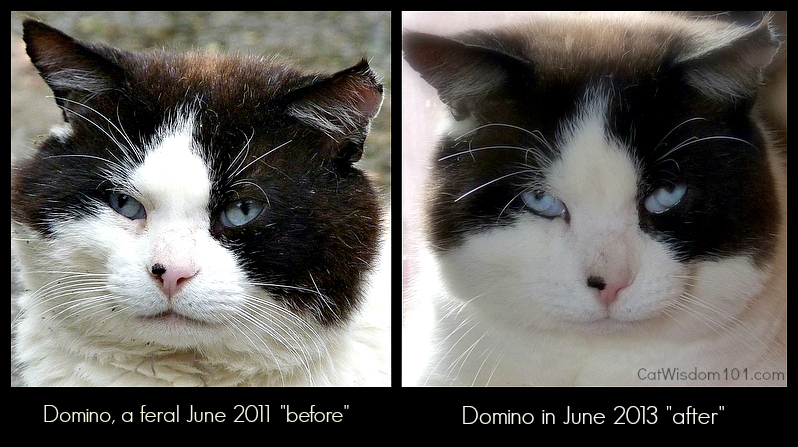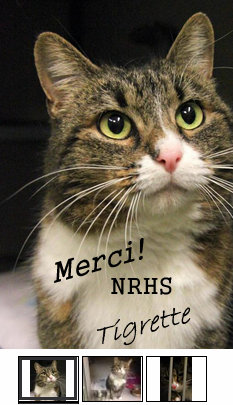Vet 101: The Ow in Meow
It’s every pet parent’s worst nightmare: seeing your beloved cat in pain. The only thing worse, is not knowing your cat is in pain. Learning how to Detecting pet pain is this week’s topic for our vet Dr. Rich Goldstein. He’ll be visiting us this Friday. More about that on Saturday.
Question: If cats are masters of hiding symptoms (even purr when injured), how can caregivers detect the subtle symptoms of pain? How do you as vet determine levels of pain? What are treatment options for chronic pain management?
Answer: Pain can manifest itself in many different ways. Not all animals that are in pain will cry. Cats especially are notorious for keeping their discomfort to themselves (kind of like Grandma, when she says, “I’ll suffer in silence”). So, it is up to us to recognize the potential signs of discomfort so that we can help.
I am a big proponent of teaching my clients how to do a physical exam on their cats at home. A great professor of mine at Cornell, Dr. Alexander de la Hunta, had a saying he pounded into his students: “You gotta know the normal before you know the abnormal.” If we know what’s normal for our cat, we can immediately spot when that changes. It’s those subtle changes that can clue us in that something’s bothering our kitties. I recently appeared on the television series “Pet keeping With Marc Morrone”, and we spent an entire segment examining pets from nose to tail. It takes 5 minutes, and should be done at least once or twice a month. The next time you’re at the vet’s watch how he or she does an exam, and ask him or her to teach you how to do a quick exam at home.
Here is a “quick list” of signs your kitty may be uncomfortable:
- Hiding
- Lethargic (not as energetic as usual, or sleeping more than normal)
- Not eating (this is a biggie, especially if your cat usually attacks the food bowl)
- Groaning
- Shivering
- Biting (especially if he’s not an aggressive cat)
- Limping
- Changes in body position, especially while sitting, laying down, or walking
- Behavioral changes
The recognition of pain also depends on the body part that is affected. For example, if a cat has a bad tooth, you may notice she suddenly becomes “head shy”, or seems to be chewing on only one side of her mouth. I recently saw a kitty whose person complained that the cat suddenly, after ten years, started lying on her back with her feet stretched out. It turned out that the cat had bladder stones, and that position relieved the discomfort in her bladder!
There are many options available now for pain management in cats, especially for chronic pain (most often associated with arthritis). Pain is generated from many different neurologic and inflammatory pathways in the body. So it makes sense that more than one method of treatment may be necessary for pain management (called the “multimodal approach” to pain management). Three basic groups of pain management options include: medications (antiinflammatories and analgesics), nutriceuticals (vitamins and supplements, like glucosamine, omega fatty acids, and homeopathic remedies), and physical therapies (like massage, exercises, and acupuncture).
It’s important to talk to your vet about any concerns you may have about possible signs of pain in your cat, and come up with a plan that incorporates a combination of methods to keep your kitty as pain-free as possible.
Editor’s note: Another way to know what is normal before it’s abnormal is daily contact via petting, massage and play.





12 Comments
Pingback:
Kathy Thompson
This is great stuff! I have caught many problems very early on just by observation and knowing that something is just a little off whether it be a head tilt or tail height or whatever. I love all the great info that you provide for us Layla.Thanks!
Purrs Skeeter Izzy and this time Mom too >^..^<
Angie Bailey, Catladyland
This is great. I felt just terrible when I learned Saffy had been suffering with tooth pain for so long. She never complained or acted like it hurt. Since her surgery, she is spry as a kitten! Looking back, I see now she was so lethargic.
Abby
We think this is excellent advise!
purrs
>^,,^<
♥Abby♥Boo♥Ping♥Jinx♥Grace♥
Lisa Richman
Love the editor’s note, too! It’s good to reinforce that, because I think some people fear they’re overreacting. In the case of cats – who tend to hide symptoms so well – you need to be extra aware. And pet parents are the ones in the best situation to do this!
Ingrid King
I love your editor’s note. I can’t tell you how many times we saw cats at the veterinary clinics I worked at that looked perfectly healthy and acted perfectly normal even on exam, but the owner had noticed that something just wasn’t “quite right.” In fact, there’s an official veterinary acronym for this condition: ADR (ain’t doing right). Usually, going further with diagnostics, such a bloodwork or x-rays, would help to detect something early on that otherwise might not have gotten noticed.
Brian
Great info! He needs to do a video to teach that exam stuff!
Layla Morgan Wilde (Cat Wisdom 101.com)
Brian, plans are in the works to do a mini-exam video.
Lisa Richman
Layla, wonderful news! Brian’s idea’s a great one 🙂
boomermuse
Lisa, it’s another reason why I feel the cat’s guardian/caretaker should be present during a vet exam.
Nadbugs
I really appreciate this post. I take its central message to support me in my passion to pay attention. To pay close, warm, frequent attention. To the animals who share life with me — to my loved ones who may be in unspoken pain — to me, likewise — and to the space around all of this, which connects all to all. I find that attentive, connected state encourages the succor of pain — and it also connects to joy and, indeed, all states of being. Deep stuff. Gratitude extends from here to wherever! including you and Dr. G and sufferin’ grandmas the world over. Silent or otherwise.
CATachresis
Very good advice as usual. Thanks. Austin is likely to get arthritis in his hip as he gets older, so am always on the look out for signs. His teeth are a worry now, but the vet does not seem too bothered!